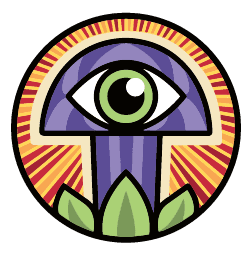In case you hadn’t noticed, the microdosing movement has gone mainstream.
Why?
Because countless scientific reports point toward the multitude of benefits microdosing offers, from enhanced creativity to increased mental agility to improved focus and productivity, even better sex! Microdosing has helped thousands of people develop a more positive outlook on life.
But perhaps you’re still unfamiliar with the concept. We’re here to help!
what is microdosing
Microdosing is the act of consuming sub-perceptual amounts of psychedelics. By sub-perceptual, we mean that you don’t really feel any effects. Think of it like drinking a coffee or taking an aspirin. Taken this way, a microdose allows you to access some of the benefits brought on by a full dose but in a softer and more controlled way.
Usually, a microdose is equal to 1/10th to 1/20th of a normal “macro” dose.
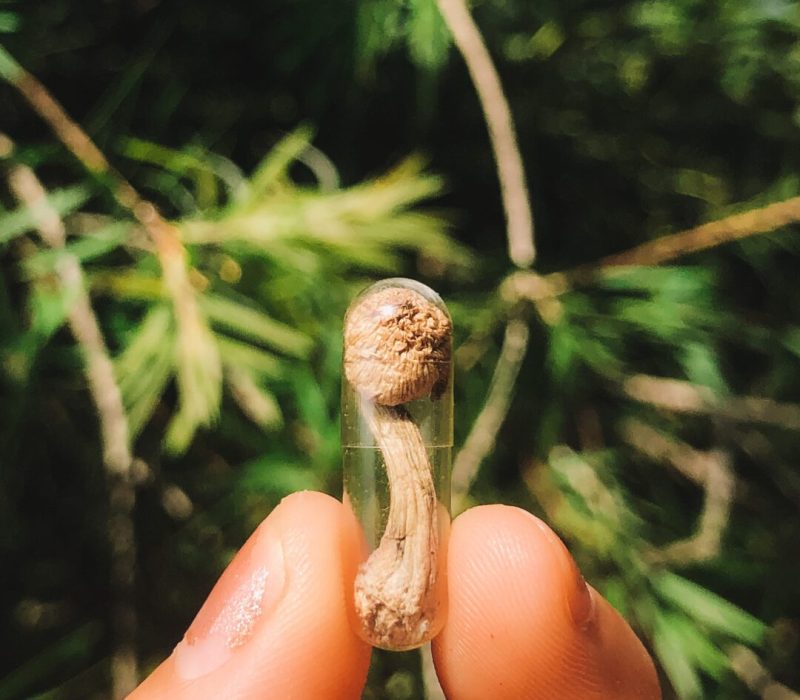
For example, when it comes to psilocybin, a microdose could be between 0.1 and 0.3 grams. With LSD (lysergic acid), a microdose would fall between 5 and 15 micrograms.
a brief history of microdosing
Microdosing has been used by our ancestors as aphrodisiacs, appetite suppressants, analgesics, treatments for gout and syphilis, and to instill courage.
But it wasn’t until Dr. Albert Hoffman, the man who discovered LSD, took his first LSD dose of 250 micrograms — that he said was an overdose — and then began experimenting with really small doses that the story of microdosing started.
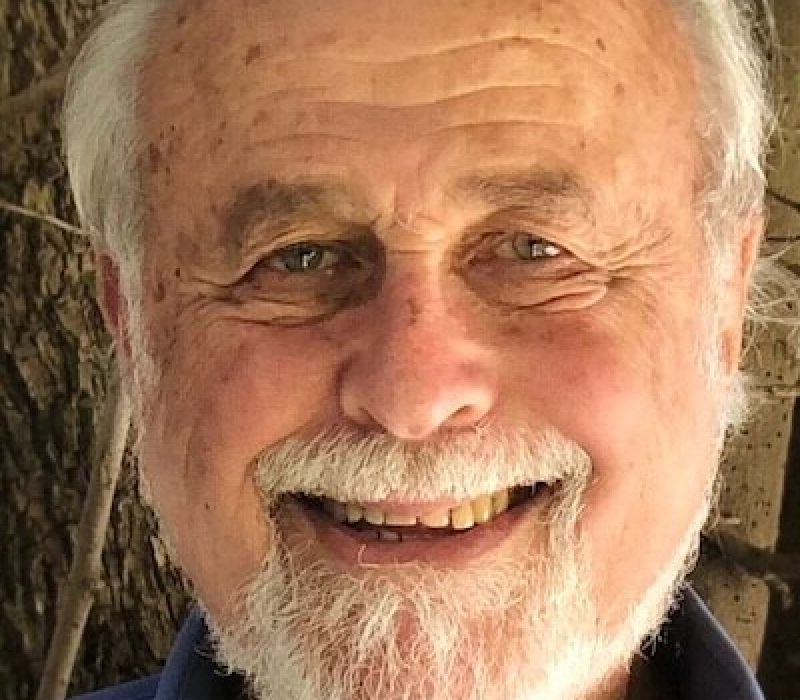
James Fadiman: The Father of Microdosing
Fast forward to 2011, when we had a reawakening of microdosing. James Fadiman in his book The Psychedelic Explorer’s Guide: Safe, Therapeutic, and Sacred Journeys explored microdosing as a sub-topic of psychedelic use. Dr. Fadiman’s book didn’t just contribute a piece of terminology. It also awakened millions of people to the potential of microdosing, providing practical information about how to microdose for healing and transformation.
However, the real microdosing boom arrived in 2015 when James Fadiman was interviewed by Tim Ferriss in his podcast The Time Ferriss Show that it started getting some traction. Soon thereafter, journalists started writing articles about microdosing, leading to greater cultural awareness and interest.
the science of microdosing
So, what happens in the brain when we take psychedelics? In general, two things:
- A serotonin receptor called 5-HT2A is stimulated
- Activity in the brain’s Default Mode Network (DMN) is dampened
5-ht2a
The 5-HT2A receptor is an important serotonin receptor concentrated in the brain’s prefrontal cortex but also located in the digestive system and throughout the body.
When psychedelics stimulate this receptor, two significant things happen.
One, the production of brain-derived neurotrophic factors increases, stimulating neuronal growth, connections, and activity. Second, the transmission of glutamate, which is responsible for cognition, learning, and memory, is increased throughout the brain.
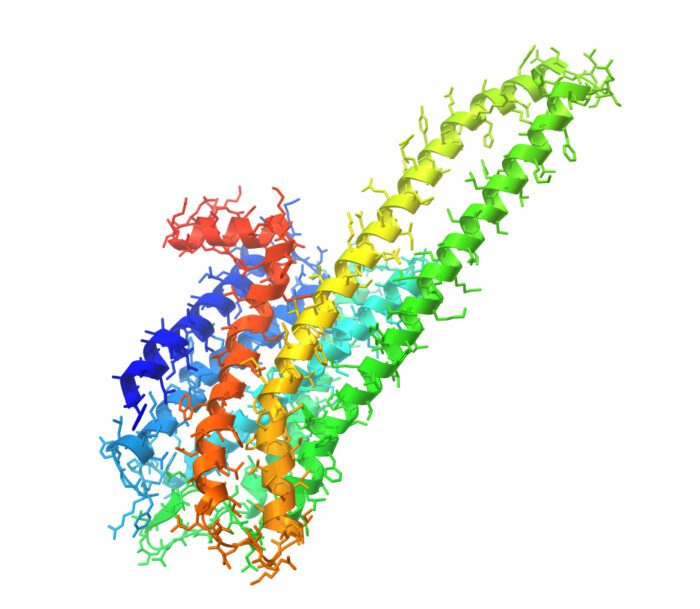
Human 5-hydroxytryptamine (serotonin) receptor
default mode network
The DMN is a set of brain regions and pathways that exhibits strong low-frequency oscillations — i.e. activity — during resting state and is thought to be activated when individuals are focused on their internal mental-state processes such as self-referential processing, introspection, autobiographical memory retrieval, and imagining the future.
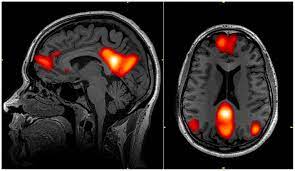
fMRI of the Default Mode Network
Psychedelics are possibly the most immediate and profound way to reduce the control of the DMN over the mind. Neuro-imaging studies have consistently shown that psychedelics like LSD and psilocybin significantly reduce DMN connectivity.

Learn to grow your own Food and Medicine for FREE
making your microdoses
When microdosing Psilocybin mushrooms, remember that two equally sized pieces may contain very different amounts of psilocybin. For that reason, it’s essential to blend or grind your dried psilocybin mushrooms to create a homogeneous mixture of psilocybin.
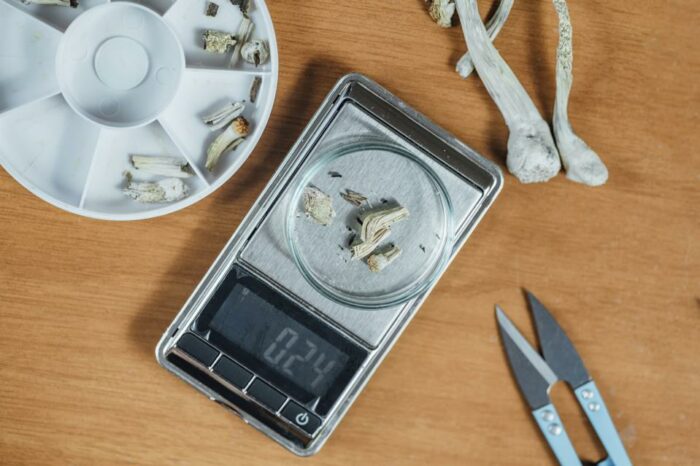
To make a batch of microdoses, follow these general guidelines:
Step 1: Dry your mushrooms to a cracker dry moisture content using a food dehydrator. Then grind them to a fine powder with a coffee grinder.
Step 2: Measure each dose with a scale that measures to the hundredth of a gram, i.e. 0.01g or measure the total weight of your dried mushroom powder.
Step 3: Distribute the dried mushroom powder into a capsules dispenser so that your dosage per capsule fits into the microdose parameters mentioned above. If you do not have a capsule maker, you will need to measure each dosage individually. Remember to “zero” your scale with an empty capsule on the scale so the weight of the capsule is not included in your measurement.
scheduling your microdoses
Do you feel ready to start your microdosing journey yet?
Well, the best way to start is by understanding the two most popular schedules created by Fadiman and mycologist Paul Stamets:
fadiman protocol
The Fadiman protocol is based on taking a microdose once every three days.
Why every three days? Because our body develops resistance and tolerance that could affect the microdoses’ effect. The schedule is as follows:
Day 1: Microdose
Day 2: Reflect
Day 3: Pause
REPEAT
stamets protocol
The Stamets protocol works a little differently. While the Fadiman Protocol is geared toward offering you psychological benefits, the goal of the Stamets protocol is to re-shape your brain and improve neuroplasticity so your brain can better form new neural connections. In this protocol, you microdose four days per week in the following manner:
Day 1: Microdose
Day 2: Microdose
Day 3: Pause
Day 4: Microdose
Day 5: Microdose
Day 6: Pause
Day 7: Rest
REPEAT
Stamets advocates adding Lion’s Mane (Hericium erinaceus) and Niacin(B3) into your supplement regimen to enhance the effects of microdosing.
getting started
So, you’re all set and ready to begin your microdosing journey. Awesome! Here are just a few more pointers for you.
1. Set an intention
Why do you want to microdose? Do you want to improve your mental health? Increase flow states? Develop your spiritual connection?
2. Source your mushrooms
Make sure you use a trusted source or better yet, learn to grow your own mushrooms with the Fungi Academy’s Sacred Mycology Cultivation Course.
3. Choose a protocol
With an idea of intentions, now you can decide on which protocol works best for you.
4. Start slow
It’s best to start slow and take a one week break each month. Remember to enjoy the process and journey.

Learn to grow your own Food and Medicine for FREE
RESOURCES
1.Riedel, Platt & Micheau (2003) DOI:10.1016/S0166-4328(02)00272-3
2.Vollenweider & Kometer (2010) DOI:10.1038/nrn2884
3.https://www.theguardian.com/science/blog/2016/may/17/why-psychedelics-could-be-a-new-class-of-antidepressant-psilocybin
4..Carhart-Harris et al. (2016) DOI:10.1073/pnas.1518377113
5.Sambataro et al. (2014) DOI:10.1017/S0033291713002596
about the author

Walter Masaraccho is a microdosing guide and retreat leader. He compassionately guides people, including those suffering with ADHD, and finds healing results using psychedelics and other modalities to allow individuals to come in contact with the gift of their own ADHD and live with improved focus, love, connection, self-compassion, and flow. He has guided more than 100+ people.three years, he’s built a laboratory and fruiting room in his home, cultivated and foraged over 20 species of gourmet and medicinal mushrooms, started a medicinal mushroom tincture business and returned to the Fungi Academy to teach his techniques to students.
